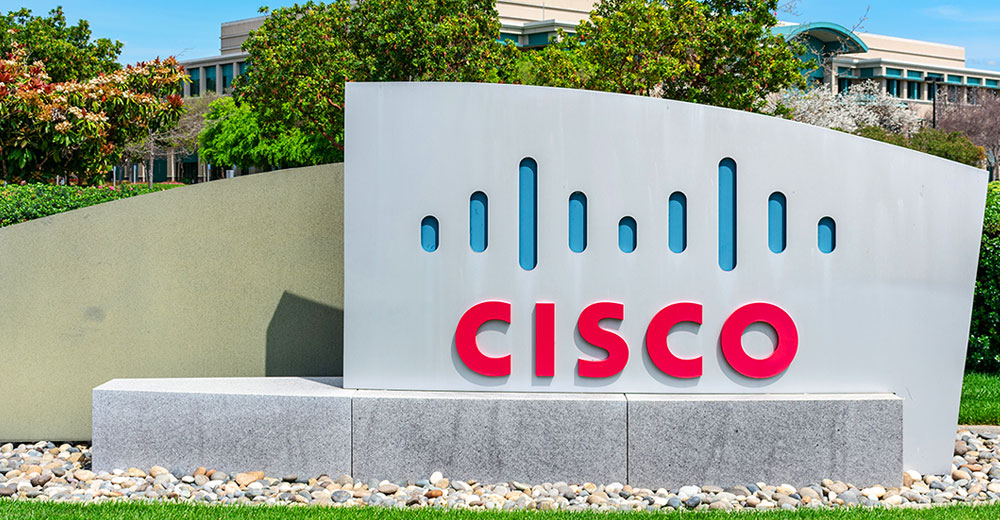
The Linux-based mobile device marketplace is growing and thriving, and Nokia is but one beneficiary, though a strong one indeed.
As a sign of the times, Nokia’s Thursday launch of the “Internet Tablet” device N810 represents a move away from phones and into new opportunities in mobile devices where chatting, finding airports, capturing the moment, hearing the notes and checking on scores are all done over the wireless Internet.
In order to accomplish all of that, the device offers up to 45 hours of music playback, and with an optional 10 GB memory card, it can store as many as 7,500 songs. It has a 4.13-inch, 800×480 resolution wide-screen display.
No Phone, Lots of Internet
Though not a phone, the device supports Bluetooth headsets and can make Voice over Internet Protocol (VoIP) calls via online services such as Skype. It can connect to the Internet over WiFi or to a mobile phone through a Bluetooth connection. It will be available beginning in mid-November with a retail price of US$479.
The Nokia N810 is powered by Maemo Linux-based OS2008 and contains a Mozilla-based browser with Ajax and Adobe Flash 9 and Bluetooth headset support as well as enhanced video and audio features. It has a slide-out QWERTY keyboard and built-in global positioning satellite (GPS) receiver with pre-loaded mapping software.
“The Nokia N810 packs the power of a traditional computer into a pocket-sized format. Its open standard technology accelerates the convergence of multiple functionalities and services into a single device,” said Ari Virtanen, Nokia’s vice president for multimedia convergence products.
In Nokia’s latest financial report, its multimedia division, which includes sales of its N-series handsets, and its enterprise division (the E-series), delivered growth of 23 percent and 105 percent, respectively. Its mainstream mobile phone division, on the other hand, showed 3 percent growth in net sales revenue.
The launch of new devices with advanced user features represents a shift in the way the industry is approaching mobile device development.
Community and Commerce
The Nokia M10 launched Wednesday carries a Mozilla-based Web browser and its underlying architecture is Linux-based “Maemo,” and the Gnome desktop. Maemo, first introduced in 2005, has become a core platform for Nokia’s high-end products.
The Nokia M10 signifies “a good use of the work that was launched earlier this year to make Gnome friendlier to mobile devices,” Gnome founder Miguel de Icaza told LinuxInsider.
In April, developers and corporations linked up with the official goal of advancing Gnome technology as a platform for mobile devices. Organizations announcing their participation included Canonical, Debian, Intel, Nokia, Red Hat, and Movial.
The Gnome mobile and embedded platform, in addition to Nokia’s latest tablet device, has become a component in products and projects such as the One Laptop Per Child XO laptop, the OpenMoko Neo1973 mobile phone, Hildon and GPE user interfaces and the Access Linux Platform, according to the Gnome Foundation’s web site.
Applause From a Partner
Another key player in the community-commercial mosaic of mobile innovators has been ARM, which earlier this month announced a collaboration with six vendors to finesse a standards-based open source platform for next-generation mobile devices.
“ARM applauds Nokia’s continued push into mobile computing and is always excited to see advanced solutions from our partners come to market,” Bob Morris, ARM director of platform enablement, connected mobile computing, told LinuxInsider.
“Nokia is delivering an uncompromised Internet experience on an ARM-powered device,” he said.
ARM designed the ARM 1136 processor core that is used by TI’s OMAP 2420, which is the application processor that runs the N810, according to Morris.



















































